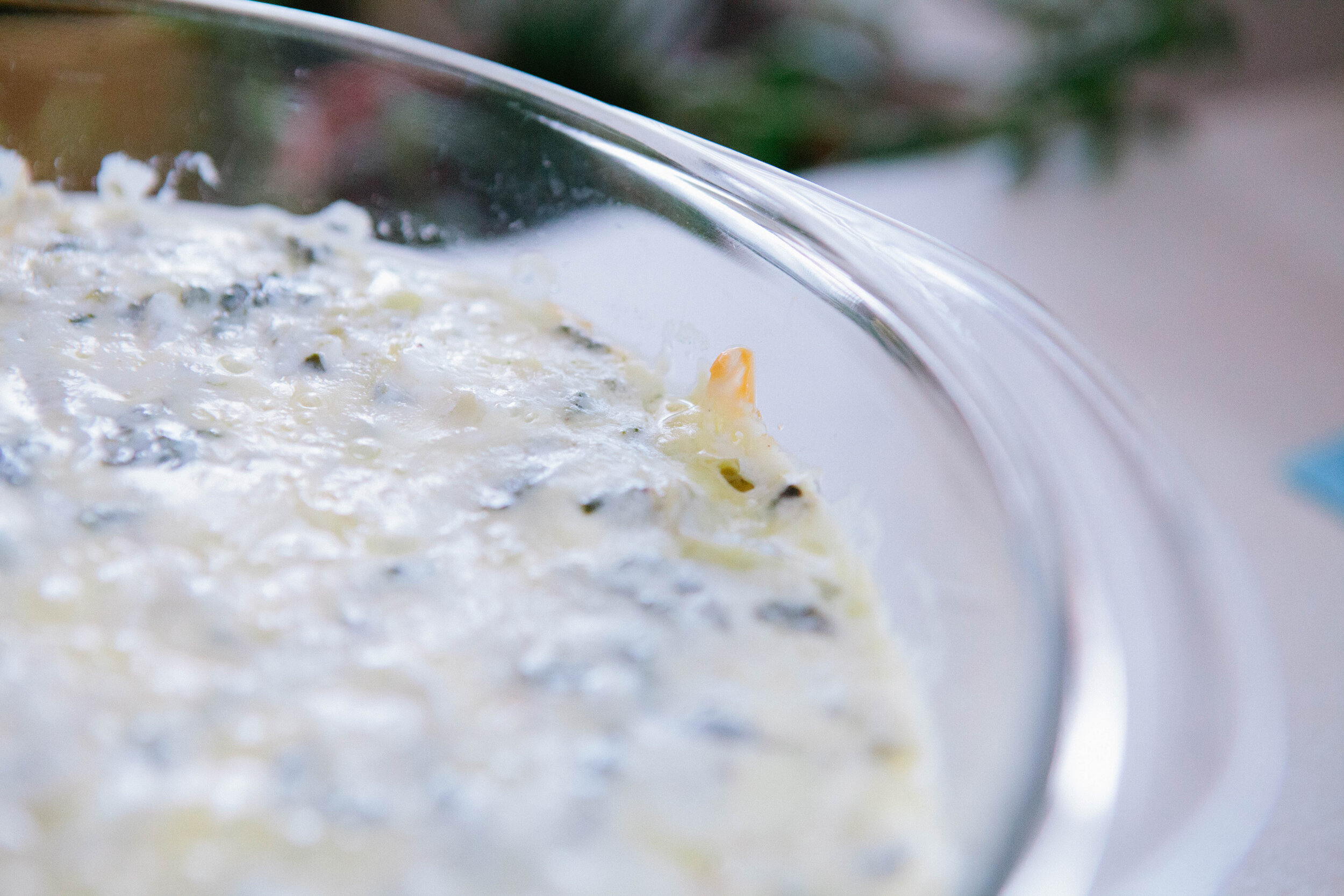Full GAPS

What to know about Full Gaps
Full GAPS is the maintenance phase of this nutritional healing protocol. Research has shown that it takes at least six months to establish a change in gut flora. Full GAPS is designed to support this change while allowing you more freedom in food choices.
If at any point, on Full GAPS you are experiencing a return of symptoms, your body is asking for a little more help and I would encourage you to return to a previous Introduction stage.Sometimes it’s beneficial to repeat the entire Introduction diet, beginning at Stage 1; other times, a return to Stage 3, for example during an acute illness, is only necessary for a short time before returning to Full GAPS.
Full GAPS is in itself providing healing foods, and some people can begin and end their journey on Full GAPS alone without ever needing to go into the Introduction diet. If you are using Full GAPS for healing or maintenance, make sure to continue eating the three pillars of meat stock, animal fat, and fermented foods daily.
Don’ts on Full GAPS
Processed foods and synthetic chemicals
Starchy vegetables like potatoes, sweet potatoes, and corn
Grains and flours, including gluten free flours and sprouted grains
Sugars, including maple syrup, stevia, monk fruit, agave, and coconut sugar
Pastas and couscous
Rice, quinoa, and most beans
Chickpeas and hummus
Do’s on Full GAPS
Any meat, including wild game
Any seafood
Any non-starchy vegetable
Any fruit
Any animal fat
Fermented Vegetables
Cultured Dairy, like sour cream, creme fraiche, yogurt, or kefir
Meat Stock
Bone Broth (when the leaky gut is healed)
Eggs, chicken or otherwise
Dairy Products, including Raw Milk and Cheese, as tolerated
Sprouted beans, seeds, and nuts and their flours
Recipes for full gaps






























